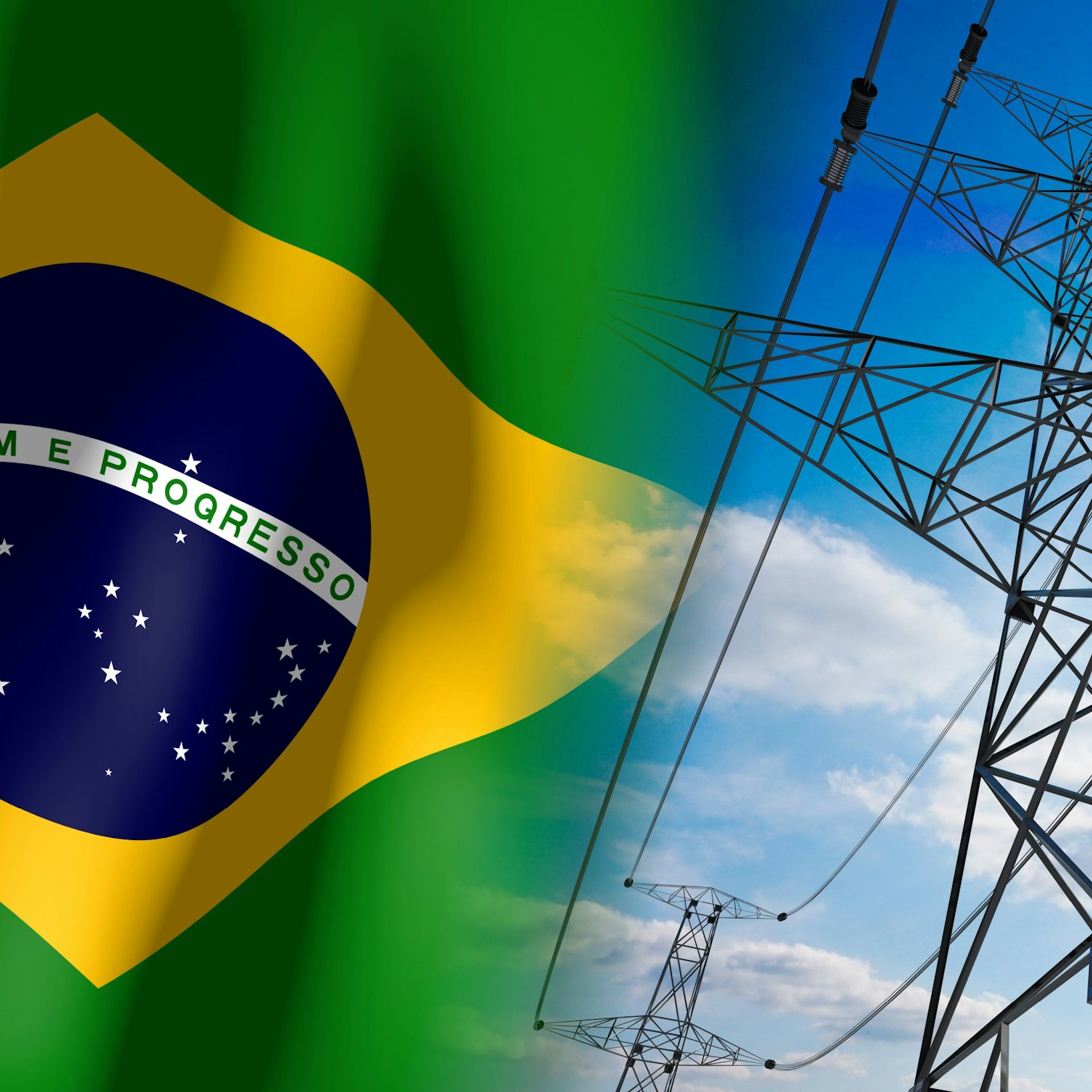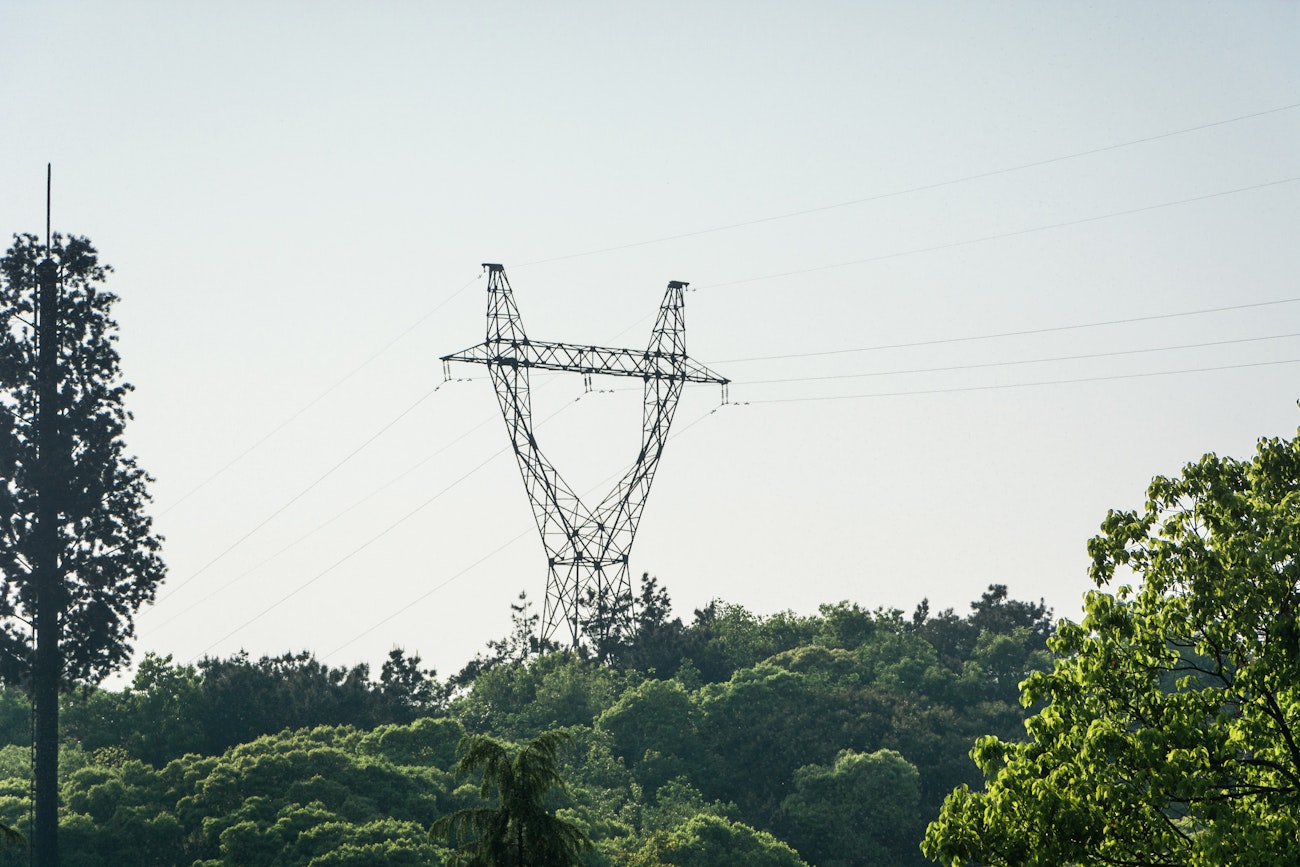- Solar energy blog
- Transmission lines and substations: the future of green power across the Brazil energy network
Transmission lines and substations: the future of green power across the Brazil energy network


Alicia Herrera
Sales Development Representative
Alicia is RatedPower's SDR for the Latin American market.

Content
Brazil is rapidly carving its niche as a world leader in the renewable energy sector. And with the largest energy market in South America, Brazil is showing no signs of slowing down. The country has ambitious plans for growth and expansion.
This article will explore the robust clean energy sector in Brazil and look at the future of its transmission and substation infrastructure. Let’s dig into Brazil’s promising photovoltaic (PV) energy sector and see where the future may lead.
Get the guide to help you plot overhead into your utility-scale project using RatedPower. The Plotting, Your Overhead Lines with RatedPower Guide, will run you through how to plan your overhead lines as efficiently and cost-effectively as possible.
A snapshot of the Brazil energy mix
In 2021, Brazil’s total installed capacity stood at an impressive 181.6 GW, with renewables accounting for a substantial 84% of this figure. If we look back to 2020, renewable energy supplied a commendable 85% of the electricity sector demand, projected to reach 88% by 2030. Hydropower predominantly fuels Brazil’s electricity generation today. Wind energy and solar power generation, while not as prevalent, are also steady contributors with plans to expand.
Brazil’s drive toward green energy is not just a dream. It’s an ambitious plan, with a significant $101 billion promised toward power generation and transmission until 2031. While exciting, this journey necessitates expanding the nation’s transmission infrastructure. This will be a key part of Brazil’s energy vision coming to fruition.
Brazil’s energy targets are for renewables to make up around 50% of the national electrical matrix from 2021 to 2031. While hydropower currently dominates this matrix at 63%, both wind and solar are seeing significant growth.
Touching on traditional energy sources, Brazil is heavily reliant on imported liquefied natural gas (LNG). There’s also increasing demand for small-scale LNG in areas not yet served by natural gas pipelines. This sector faces challenges mainly around limited gas pipeline infrastructure and the need to boost domestic demand. Overall, Brazil’s energy plan denotes a firm commitment to growth, and this will open up vast opportunities.
Se você deseja explorar o mercado solar brasileiro, atualmente em rápido crescimento, o software da RatedPower ira ajudá-lo a otimizar e automatizar sua instalação solar obtendo o melhor retorno sobre o investimento em seu projeto fotovoltaico. Inscreva-se no webinar: Desenvolvimento de usinas fotovoltaicas no Brasil
The future of transmission lines in Brazil
You can think of transmission lines as the power grid’s veins, which play an indispensable role in the renewable energy sector. Brazil acknowledges this and is poised to grow its transmission infrastructure significantly.
Brazil currently maintains an extensive network of 160,000 kms of high-voltage transmission lines, and they have ambitious plans to expand this by 40,000 kms by 2030. But expansions of this scale don’t come cheap, with the price tag for the transmission lines approximately $13 billion.

Geopolitical and global economic changes are further exacerbating these costs. Increasing prices of essential commodities like steel and copper, integral components of transmission projects, are not as cheap today as they were in 2019. The COVID-19 pandemic and the war in Ukraine have contributed significantly to this.
Looking ahead, Brazil’s power transmission tenders are forecasted to be a magnet for major industry players, sparking significant competition. Traditional transmission firms like ISA CTEEP, EDP, CPFL, Equatorial, Neoenergia, Taesa, and Alupar are all poised to vie for supremacy. Experts anticipate a lack of participation from contractors or private equity funds, reflecting an industry mindset shifting toward return-conscious strategies.
The upcoming tenders will have some challenges. They involve remote areas laden with both environmental and logistical complications. These factors will need to be reflected in the proposals being put forward. The tenders’ key objective is to transport renewable energy generated in the northeast to the southeast, Brazil’s primary consumption hub.
The Brazilian government is conducting multiple auctions for new transmission projects, with total investments projected at 50 billion reais (US$9.5 billion) for the year. This underscores Brazil’s strong commitment to developing its transmission infrastructure for the future.
Substation network also set for expansion
In parallel with its plans to expand the transmission grid, Brazil also sets its sights on enlarging its network of substations. This is a crucial facet of any efficient and robust power system. There are a number of great substation projects in Brazil, many of which are slated to contribute significantly to this expansion. Let’s focus on five of them, all operated by Operador Nacional do Sistema Eletrico.

Candiota II Substation
Let’s start in the South of Brazil, in Candiota, Rio Grande do Sul. The Candiota II Substation project in Candiota, Rio Grande do Sul, is already under construction. Operating at a dual voltage level of 525/230kV, it’s expected to be up and running by 2023 with an impressive operational capacity of 1344MVA.
Guaiba III Substation
Staying in Rio Grande do Sul, next up is the new Guaiba III Substation. Located in Guaiba, this substation is currently under construction, and it operates at a dual voltage level of 525/230kV, much like the Candiota II. The project is slated for commissioning in 2023, with the same operational capacity of 1344MVA.
Graca Aranha Substation
We now travel to Graca Aranha, Maranhao, home of the Graca Aranha Substation. This project features an 800kV voltage level and is set to be operational by 2027. This project is a significant boost to the region’s power infrastructure and marks a critical step forward in the energy transition.
Silvania Substation
Now we turn our attention to Goias, where the Silvania Substation is located. Similar to the Graca Aranha Substation, it operates at a voltage level of 800kV and is expected to be commissioned in 2027. This substation is another good example of Brazil’s commitment to the future of clean energy.
Sarandi Substation
Last but not least, we journey to Sarandi, Parana, where the new Sarandi Substation is taking shape. Operating at a triple voltage level of 525/230/138kV, it is slated to begin operations in 2024. Once operational, it will comfortably handle a capacity of 300MVA.
Brazil’s energy sector is an interesting one. It’s already the largest in its region, and it’s set for a huge transformation. With a targeted focus on green energy and extensive expansions of transmission lines and substations, it’s easy to be optimistic about the future of Brazil’s energy sector. The country is on the right track to further strengthen its position as a global leader in renewable energy.
RatedPower is accelerating solar energy expansion. Embrace the ground-breaking software and be part of the energy transition today!
Latest stories
Related posts
Market analysis
Breaking down solar farm costs: Free template inside
Updated 27 SEP, 21

Market analysis
Solar energy in Australia: a 2021 market analysis
Updated 11 MAY, 21

Market analysis
20 top solar events and conferences in 2023
Updated 19 JAN, 23

- RatedPower
- Solar energy blog
- Transmission lines and substations: the future of green power across the Brazil energy network


